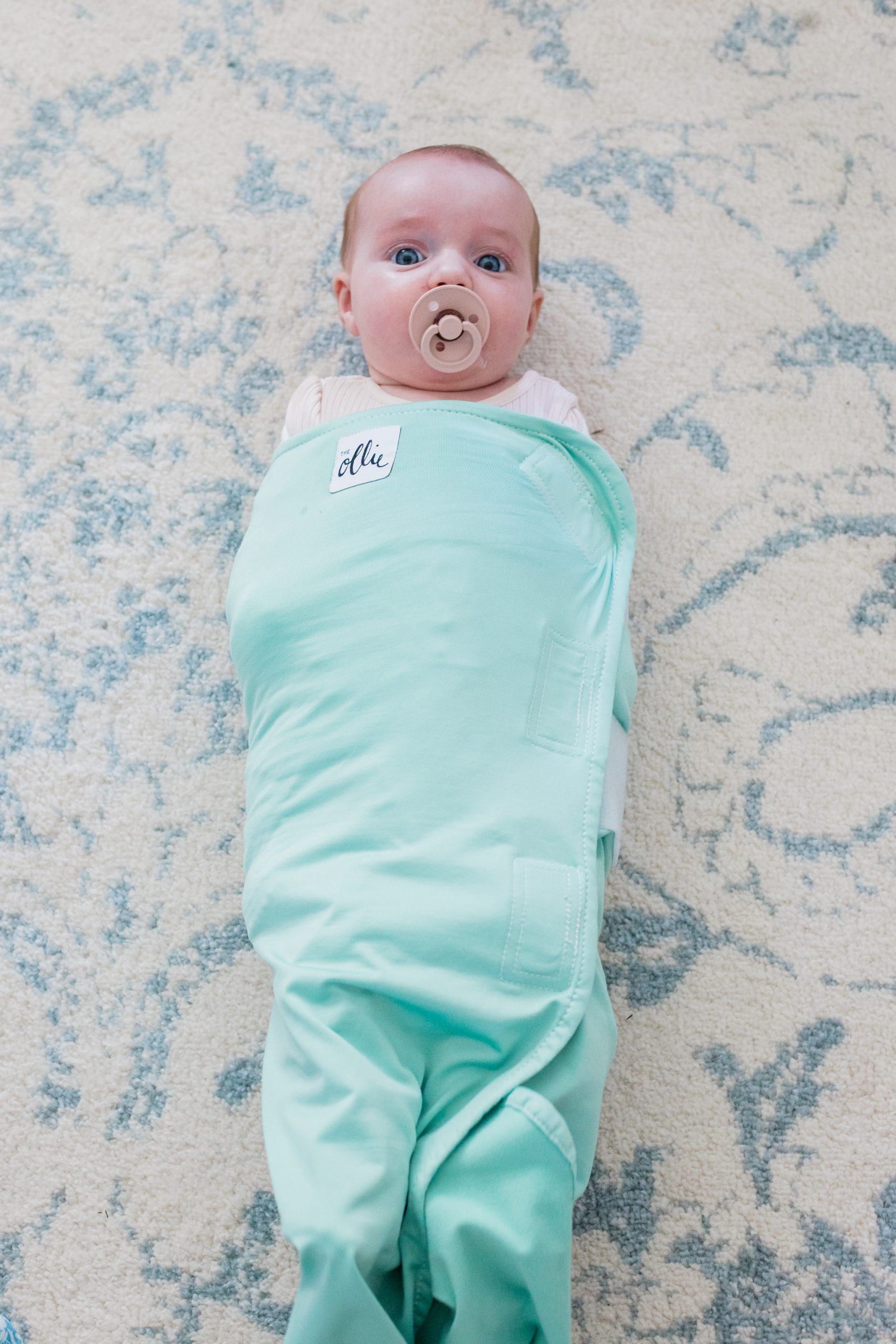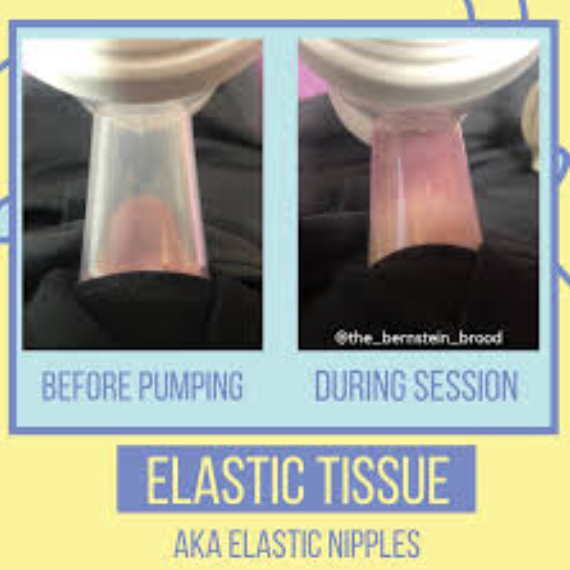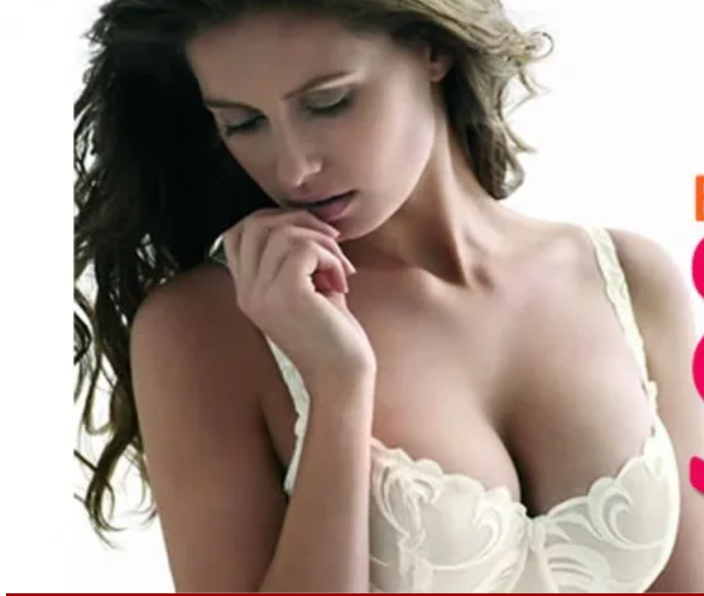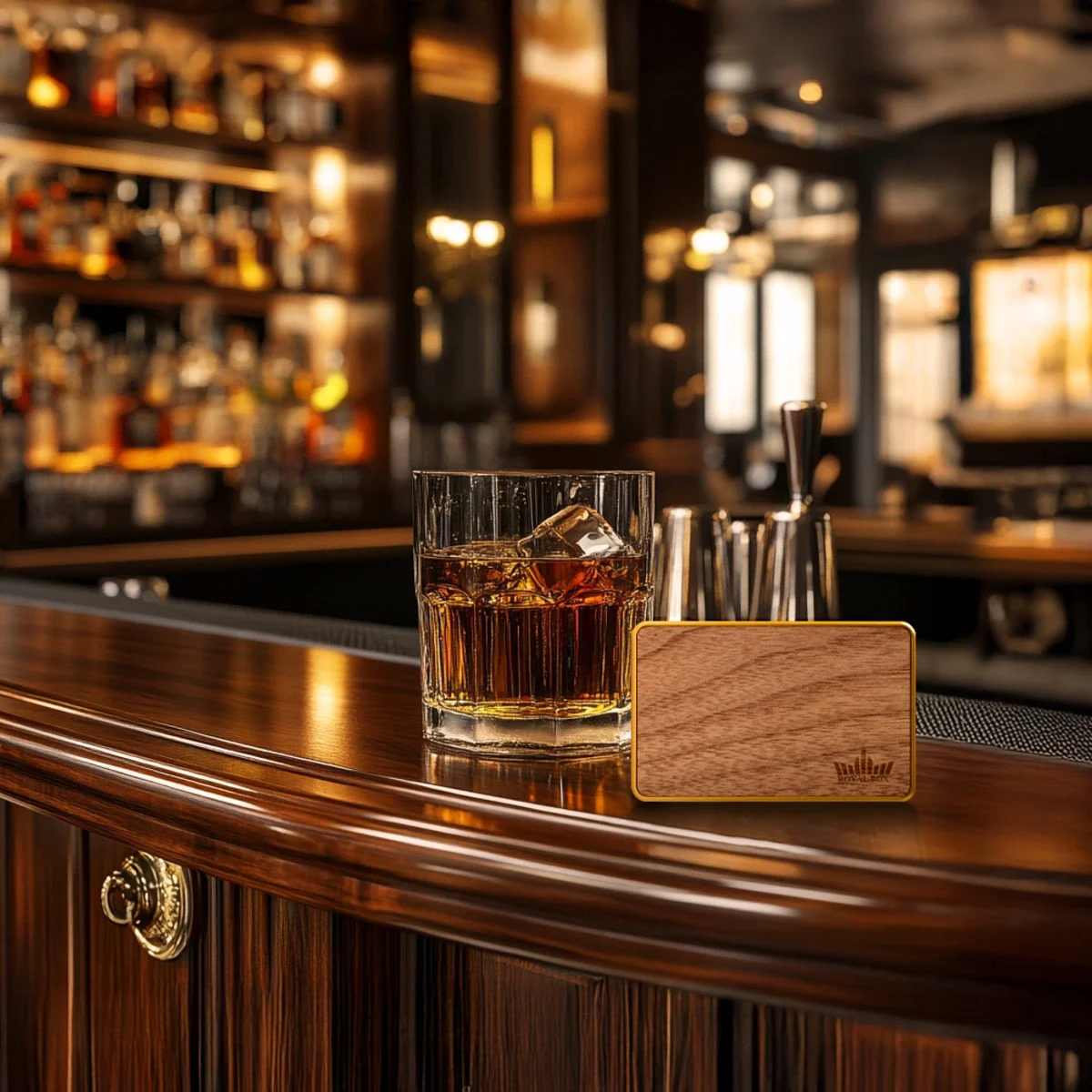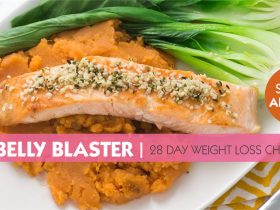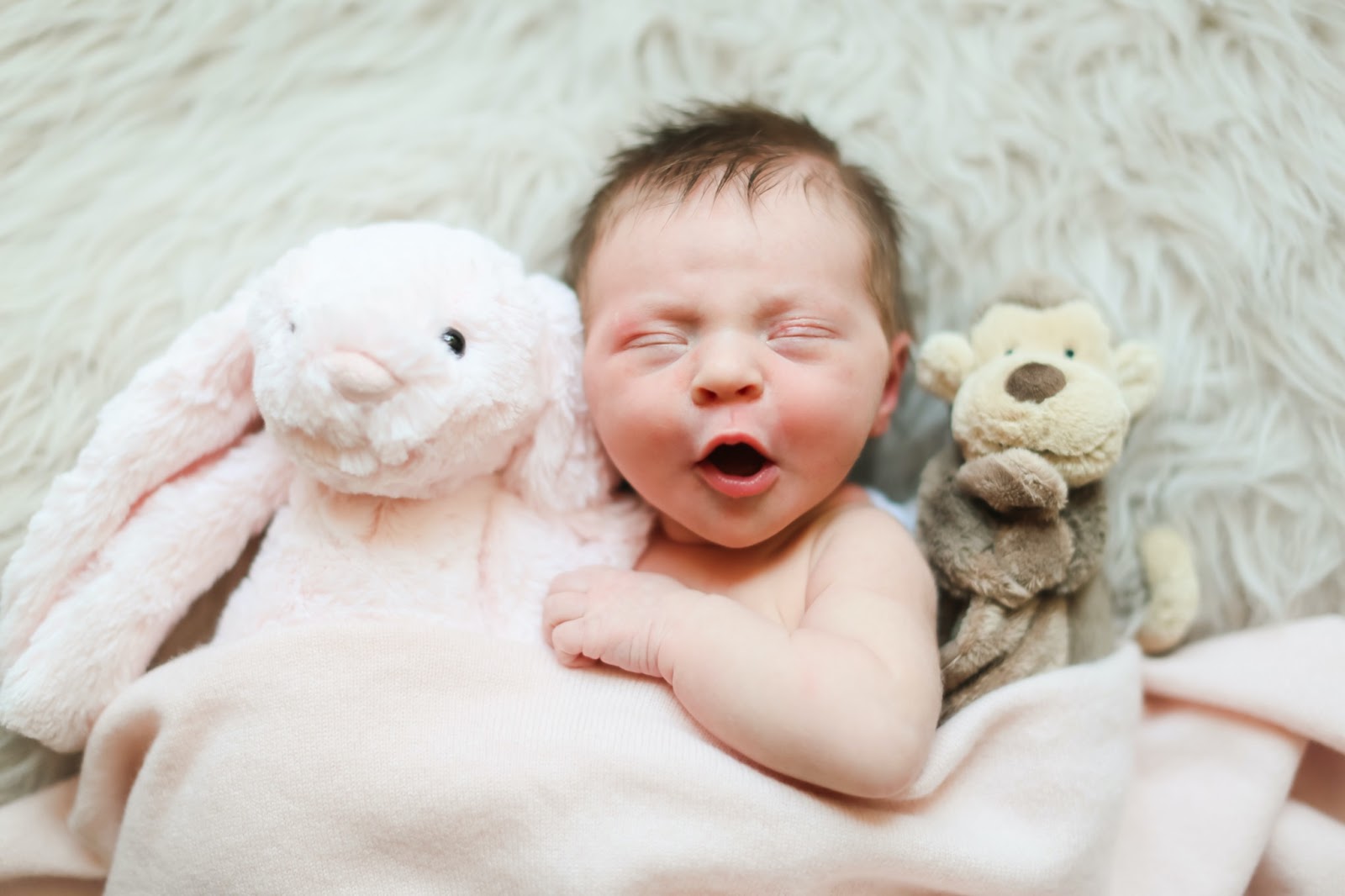No one talks about the bad or painful parts of the postpartum period. One of the most common issues women experience is nipple pain or problems with their nipples when pumping and breast/chest-feeding. Keep reading below to find out a few of the most common nipple issues and what to do about them!
Common nipple issues
There are so many things that I wish I would have known beforehand especially when it came to breastfeeding and pumping. First of all it is HARD and does not come naturally for most of us.
To successfully breast/chest-feed or pump there is a lot that has to be coordinated and if one thing is out of whack, the whole process goes haywire.
Guess what?! Your nipples are a VITAL part of the system! One of the most common issues women experience is nipple pain or problems with their nipples when pumping and breast/chest-feeding.
I experienced several issues throughout my feeding journeys; exclusively pumping (EP) with twins and nursing my singleton.
Here are a few of the most common nipple issues that can occur and what to do about them!
Elastic nipples
YES, this is a thing! Imagine a wad of chewing gum being stretched and compressed over and over again. That is what it looks like when you are pumping with elastic nipples.
I experienced this when I was EPing for the twins. Your nipples and some of your areola get pulled into the flange. I never knew it was possible for them to stretch so far they could touch the end of the longest flange I could get my hands on!!
It can be painful and cause ineffective pumping if not managed properly.
What causes this? Some elasticity is normal! Typically occurs with pumping and the repetitive stretching of the skin mixed with hormones causes the over elasticity of your nipples.
What do to about it? Sometimes getting a different size/brand flange (try Medela flange or Spectra flange) or with a longer tubular part can help. Using breast cushions such as BeauGen.
These hold your breast tissue and areola back, so only your nipple is being drawn into the flange. Usually this does not affect nursing.
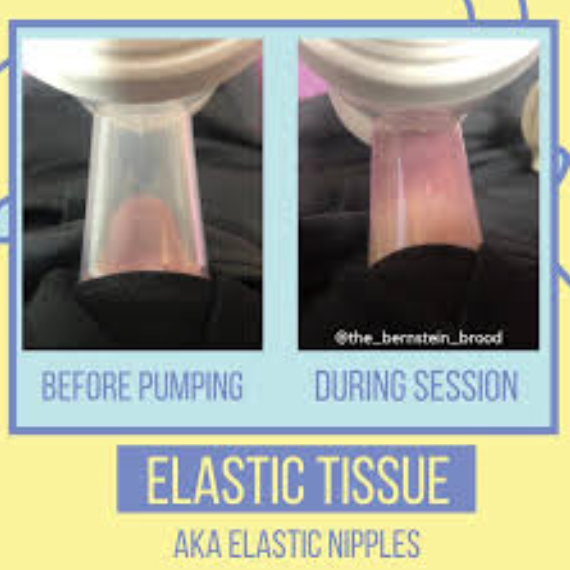
You may have heard of this before because some people have this in their hands or feet. It is a condition that causes arterial spasms in your nipples causing them to turn bright white and not allowing blood to flow to the tips of your nipples.
It is extremely painful and it is worse if it is cold outside. I also had the joys of experiencing this condition while EPing for the twins (the things we do for these babes!!)
Your nipples are sore and tender as it is and this amplifies the feeling 10 fold- mega OUCH!
What causes this? Doctors are not quite sure but is an over reaction of the blood vessels within your tissues in response to cold temperatures or stress. Read more about it here,
What to do about it? Management is the only option. Heat is your friend. I would walk around, even in public with heating pads on my breasts because it was the only thing that made me not want to cry!
This can occur with pumping or nursing. Turn up the heat in your house or in the room you are nursing or pumping!
Try these breast heating pads, breast gel packs that heat up or these breast shells to protect your skin.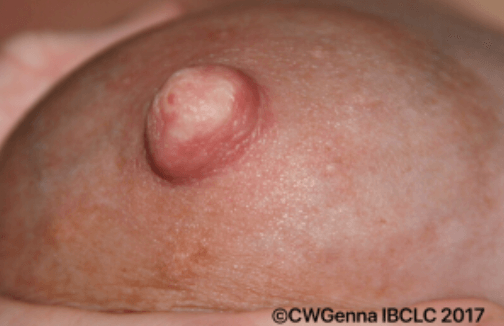
Milk bleb
This is super common and is a little blister of milk on the tip of your nipple that can occur with nursing or pumping. Usually this is an indication of a blocked milk duct so you may feel a lump in your breast if you notice one of these.
What causes it? Milk that is not fully emptying the milk duct.
What to do about it? Apply warm wet compress before nursing or pumping, soak your nipple in warm water, hand massage your breast in an attempt to relieve the blockage.
A thick string of milk may come from the duct. Try these breast heating pads too!
Not every nipple is created equal and not every nipple is ideal for nursing a baby. This is a tricky one and can cause major feeding issues and pain but also is a result of genetics so sometimes there isn’t much we can do to fix it.
Sometimes nipples can be flat, short or inverted causing latching issues. This can even be the case for just one of your two breasts.
What causes it? Your lovely genes or if you have had breast surgery sometimes nipple shape can be affected.
What to do about it: Make sure you get lactation help right away to assess and learn how to get a proper latch. Nipple shields, breast shells and nipple everters can also be helpful! Using techniques to elongate the nipple are essential to a good latch.
Try pumping or using a haakaa prior to nursing.
Thrush
What the heck is this? You may have heard of this being in your babies mouth but guess what if you are nursing it can be on your nipples as well. Thrush is a yeast infection on your nipple.
This infection causes MAJOR glass shard type pain your nipples and they turn bright pink/red in color. Your nipples could also be cracked, itchy or burning.
What causes it? Yeast. A pesky little fungus organism that is all over our world.
What to do? Call your provider for medication. Manage the pain. Most likely baby will also need medication because it is likely they have thrush in their mouth.
Products: Cooling pads: same as heating pads above because you want it to cover the nipple
- Blocked ducts and mastitis
- Breast rest
- How to store breastmilk
- Signs of an oversupply
- Transitioning from breastmilk or formula to milk
- All about nipple shields
- Why you should use a Haakaa and how to do it properly


